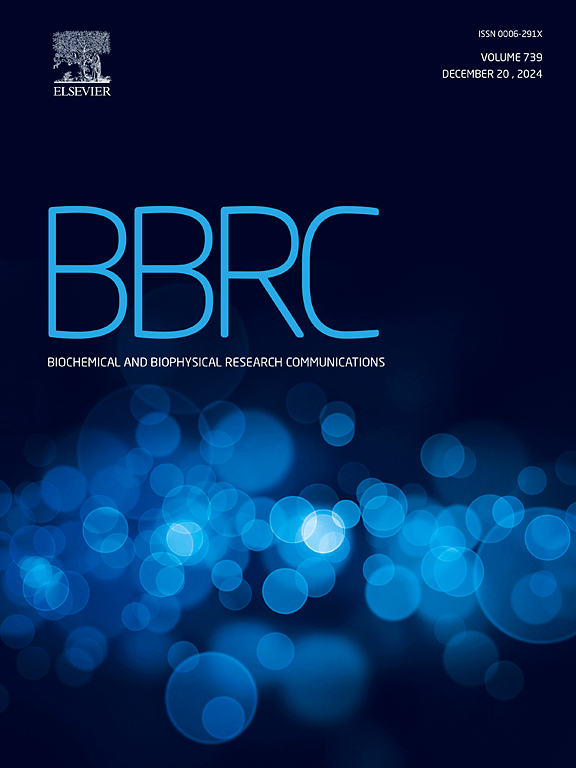A novel replicase-mediated self-amplifying RNA amplification mechanism of the SARS-CoV-2 replication–transcription system
IF 2.5
3区 生物学
Q3 BIOCHEMISTRY & MOLECULAR BIOLOGY
Biochemical and biophysical research communications
Pub Date : 2025-03-18
DOI:10.1016/j.bbrc.2025.151654
引用次数: 0
Abstract
A novel self-amplifying mRNA (samRNA) amplification mechanism was first discovered in the SARS-CoV-2 replication–transcription system and named replicase cycling reaction (RCR). In principle, RCR is a replicase-mediated transcription reaction driven by the SARS-CoV-2 RNA-dependent RNA polymerases (RdRPs), which amplify a specific samRNA construct consisting of an RNA/mRNA sequence flanked by a 5′-end RdRP-reverse-promoter (5′-RdRP-RP) and a 3′-end RdRP-forward-promoter (3′-RdRP-FP) on both sides. Based on this samRNA composition, we had not only successfully established the first in-vitro RCR reaction for directly amplifying the SARS-CoV-2 genomic and subgenomic RNAs but also further used it in a combined in-vitro-transcription and RCR (IVT-RCR) protocol to identify new functions of the SARS-CoV-2 NSP7, NSP8, and NSP12 proteins, leading to a fast diagnostic assay for measuring the SARS-CoV-2 RdRP activity. These findings may shed a new light on the molecular mechanisms of SARS-CoV-2 replication and transcription. As a result, in addition to the previously found primer-dependent RNA synthesis activity of the coronaviral RdRP complexes, we herein reported another new 5’/3′-promoter-dependent, primer-independent samRNA synthesis mechanism mediated by the SARS-CoV-2 RdRP complex. Based on this novel RCR mechanism, the associated samRNA composition is conceivably useful for facilitating the design and development of next-generation RNA/mRNA medicines and vaccines.
求助全文
约1分钟内获得全文
求助全文
来源期刊
CiteScore
6.10
自引率
0.00%
发文量
1400
审稿时长
14 days
期刊介绍:
Biochemical and Biophysical Research Communications is the premier international journal devoted to the very rapid dissemination of timely and significant experimental results in diverse fields of biological research. The development of the "Breakthroughs and Views" section brings the minireview format to the journal, and issues often contain collections of special interest manuscripts. BBRC is published weekly (52 issues/year).Research Areas now include: Biochemistry; biophysics; cell biology; developmental biology; immunology
; molecular biology; neurobiology; plant biology and proteomics

 求助内容:
求助内容: 应助结果提醒方式:
应助结果提醒方式:


